PRE-COLUMBIAN AMERICA
![]()
While the written accounts of Europeans who arrived in the Americas was viewed as news from the New World to the Old World, the reverse was actually the case, for the Americas had been inhabited by peoples for centuries before Columbus' arrival in 1492.
Among the earliest of civilizations in Mexico are the Olmec, dating to 1200 BCE until 400 BCE, as a forerunner of later Mesoamerican civilizations such as the older Mayan and later Aztec cultures with which they shared many ritual practices.
The Olmecs are the oldest of peoples, akin to the Mycenaean Greeks and the classic Hellenes of Socrates' and Plato's period. The word Olmec is a Nahuatl word –the language spoken by the Aztecs – for "people of the rubber country" from along the Gulf of Mexico. They possessed among the oldest writing systems in the Americas.
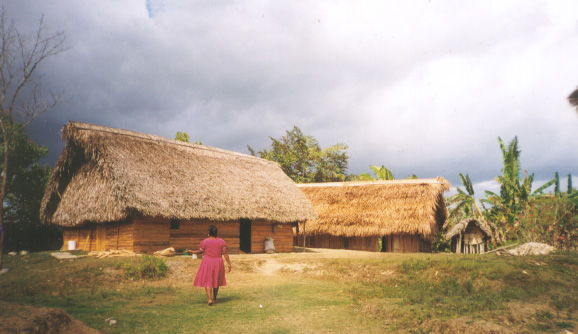
“the Maya were very generous and hospitable. No one could enter their houses, without being offered food and drink.”
p. 20.
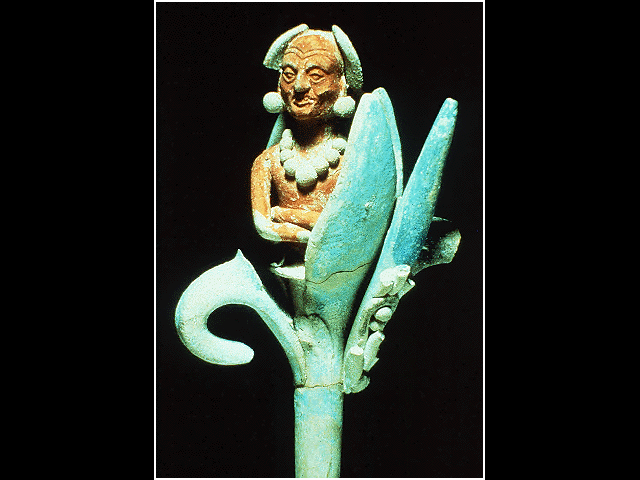 Maya Economy and Society was based on raising corn, beans, and squash.
Maya Economy and Society was based on raising corn, beans, and squash.Mayan giver-of-life: the corn deity
“These invaders found a number of of succession states in the lake country of the bottom of the Valley of Mexico.”
King Nezahualcoyotl (1418-1472) poet, philosopher and lawgiver. …” perhaps the most remarkable figure to emerge from the mists of Ancient America.”
Keen and Haynes, p. 21.
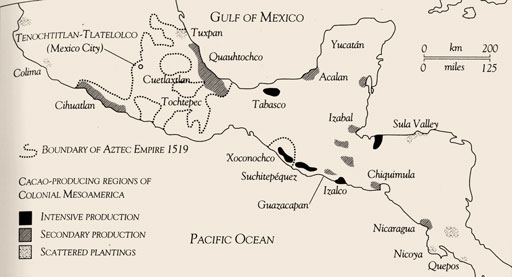
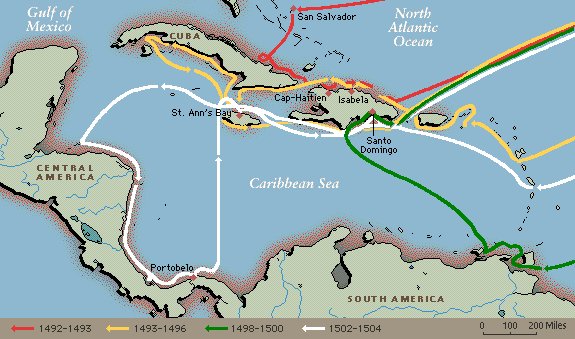
![]() his "old" world had a history to tell, but not always in words. Thus to further our understanding of Pre-Columbian America, we must, in addition to the first-hand, written accounts by Europeans who visited the Americas, also look to the oral transmissions, the archaeological record, the buildings and other artifacts left behind by vanished civilizations,in order to better understand the early civilizations of the Americas. The Mayas were one of the few civilizations who had a written language and left written records, in codices and stelae.
his "old" world had a history to tell, but not always in words. Thus to further our understanding of Pre-Columbian America, we must, in addition to the first-hand, written accounts by Europeans who visited the Americas, also look to the oral transmissions, the archaeological record, the buildings and other artifacts left behind by vanished civilizations,in order to better understand the early civilizations of the Americas. The Mayas were one of the few civilizations who had a written language and left written records, in codices and stelae.
But with the coming of the Spanish the loss of population due to war, enslavement, and pestilence reduced, especially dense urban populations to fractions of their pre-Columbian levels.
"One-third, one-half – no one knows how many – of the Aztecs and the other peoples of Mexico died."
Alfred Crosby, Germs Seeds and Animals. p. 47.
"That process repeated itself until horses reached Alberta by the mid-eighteenth century. When the Aztecs first saw horses they called them deer; the Mayas called them tapirs; and Indians west of the Great Lakes called them moose. Mounted upon these wonderful animals, the Indians moved on to the plains to live off the buffalo and became light cavalry . . . "
Many were destroyed by invading Europeans, but those that remain contain invaluable information about the culture and life of this once-great American civilization.
Pre-Columbian Peoples of the Americas
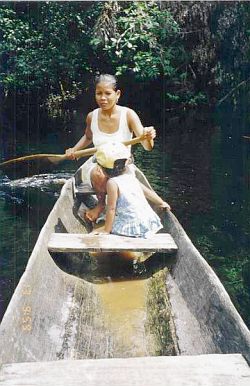
Links to resources for Bibliographic data on Mesoamerica, North of Mesoamerica, and South America.
Bartolome de las Casas
The principal organizer and ideologist of the sixteenth-century Spanish movement in defense of the Indians. Various writings
Alexander von Humboldt, 1769-1859
Personal narrative of travels to the equinoctial regions of America, during the years, 1799-1804.
Incidents of Travel in Central America, Chiapas, and Yucatan
In 1839 President Van Buren sent John Lloyd Stephens on a confidential diplomatic mission to Central America, during which he explored extensively the Mayan ruins. After this trip he published his two-volume Incidents of Travel in Central America, Chiapas and Yucatan. He returned to the Yucatan in 1841 for further explorations, and then published Incidents of Travel in Yucatan.
Mayan resource center at the University of Kansas
Native America Resources on the Internet
Extensive index of Native American Resources, including links to electronic texts, photographic archives, and oral histories.
Evidence for Mayan drought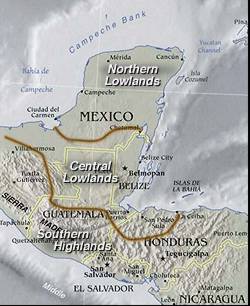
Titanium concentrations fell sharply for several years around 760, 810, 860 and 910 A.D., marking times of multiyear droughts. Several years ago, Richardson Gill, an independent archaeologist from San Antonio, Texas, proposed that droughts drove the Mayans out of their cities in three distinct phases. Gill calculated times for the abandonment based on the last dates carved onto local monuments, and these times match precisely with the three later droughts recorded in the core.
www.agiweb.org/geotimes/ may03/NN_mayan.html
Anthropologist Brian Fagan of the University of California at Santa Barbara applauds the high-resolution data set, but points out that it does not cement a direct causal relationship between drought and city abandonment. Drought could have exacerbated other economic, social or environmental problems already fracturing the societies. For example, nobility often gained power by their relationship to the supernatural world and their ability to bring rains, Fagan says. Drought may have undermined their authority and the hierarchical society that stemmed from it.
Floods, Famines, and Emperors by Brian M. Fagan,
PBS series on the Mayans, NOVA
Speculation on why the Mayan culture was in crisis before the 1490s.
Mayan | maps | Mayan droughts | decimation | Sources on the web | Crosby
![]()
internet connection : Film Media -- Print Media -- Science -- Policy -- Government
Sources for these pages | Contents of the Site | Core | Index
These buttons below work as navigational aids.